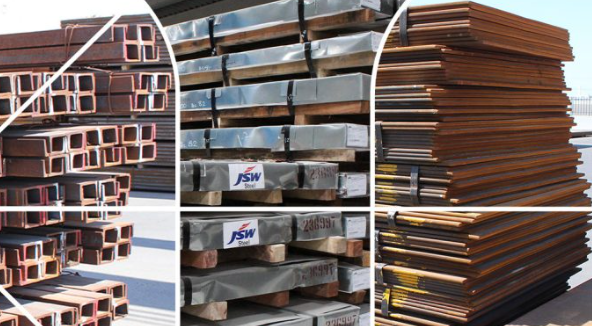When planning a construction project, one of the most important decisions involves choosing the right building material. For decades, structural steel and concrete have stood as the primary options for structural frameworks in commercial, industrial, and residential projects. While both materials offer unique advantages, understanding the differences between them can help developers, architects, and engineers make a well-informed decision based on project needs.
Strength and Durability
Both concrete and structural steel offer significant strength, but they do so in different ways. Concrete has impressive compressive strength, which means it can withstand high pressure without being crushed. This makes it ideal for foundations, columns, and other load-bearing components.
On the other hand, structural steel excels in tensile strength, meaning it resists being pulled apart. Steel structures can support large loads and span longer distances without support, offering architects more flexibility in design. Additionally, steel structures are typically lighter than concrete ones, reducing the stress on foundations and potentially lowering construction costs.
Speed of Construction
Efficient time management is essential for the success of any construction project. This is where structural steel often has the edge. Steel components are usually fabricated off-site by Structural Steel Suppliers in the UAE and delivered ready for assembly. This off-site production allows for simultaneous work at the construction site, speeding up timelines and reducing labour costs.
Concrete construction, in contrast, typically involves on-site pouring and curing, which can take days or even weeks, depending on the weather and complexity of the structure. For fast-paced projects or builds with tight deadlines, structural steel often proves to be the more time-efficient choice.
Design Flexibility
When it comes to design freedom, structural steel offers greater versatility. Steel’s high strength-to-weight ratio allows for longer spans, thinner columns, and more open interior spaces. This is particularly beneficial for commercial buildings, airports, warehouses, and sports arenas where large, unobstructed spaces are needed.
Concrete, while durable, often requires bulkier columns and more material to achieve the same support, which can limit design possibilities. That said, concrete is better for achieving curved or custom-shaped structures, as it can be moulded into virtually any shape before it hardens.
Cost Considerations
Cost is a major deciding factor for many projects. Initially, concrete may appear more affordable, especially in regions where raw materials like limestone and sand are readily available. Labour-intensive procedures, extended construction periods, and costly formwork can quickly escalate the overall budget of a concrete project.
Structural steel may have a higher upfront material cost, but it often leads to lower long-term construction expenses due to faster installation, minimal on-site waste, and reduced manpower requirements. Structural Steel Suppliers in UAE often offer customized fabrication services, which can help reduce additional processing or modification on-site, further saving time and money.
Maintenance and Lifespan
Both materials are highly durable, but they require different types of maintenance. Concrete is naturally fire-resistant and less prone to rust, making it a good choice in areas with high humidity. However, concrete can crack over time due to shifting loads or temperature changes, requiring patching or reinforcement.
Steel structures are extremely durable when treated properly. Galvanized or coated steel is highly resistant to corrosion, especially when sourced from reputable Structural Steel Suppliers who ensure international standards for protective treatments. Additionally, structural steel is less likely to deteriorate under heavy loads or seismic activity, offering a longer and more consistent performance over time.
Environmental Impact
Sustainability is a growing concern in modern construction. Structural steel is fully recyclable and retains its strength and quality even after multiple uses. Many construction projects today focus on sustainability and LEED certification, where steel plays a vital role due to its eco-friendly nature.
Concrete also has a recyclable component, but at a lower rate. Its production involves a high carbon footprint due to the energy-intensive cement manufacturing process. From an environmental standpoint, steel tends to be the more sustainable option in the long run.
Conclusion
Choosing between structural steel and concrete depends on the specific requirements of your project, such as budget, design, timeline, and environmental considerations. If you're looking for speed, flexibility, and long-term performance, structural steel may be a more suitable choice. For those focused on cost savings and fire resistance, concrete could be the way to go.
For projects in the UAE, working with experienced Structural Steel Suppliers ensures that your materials meet international standards and are delivered efficiently. Whether you're building a high-rise tower, a warehouse, or an industrial plant, selecting the right material is the foundation of a successful structure.





Comments